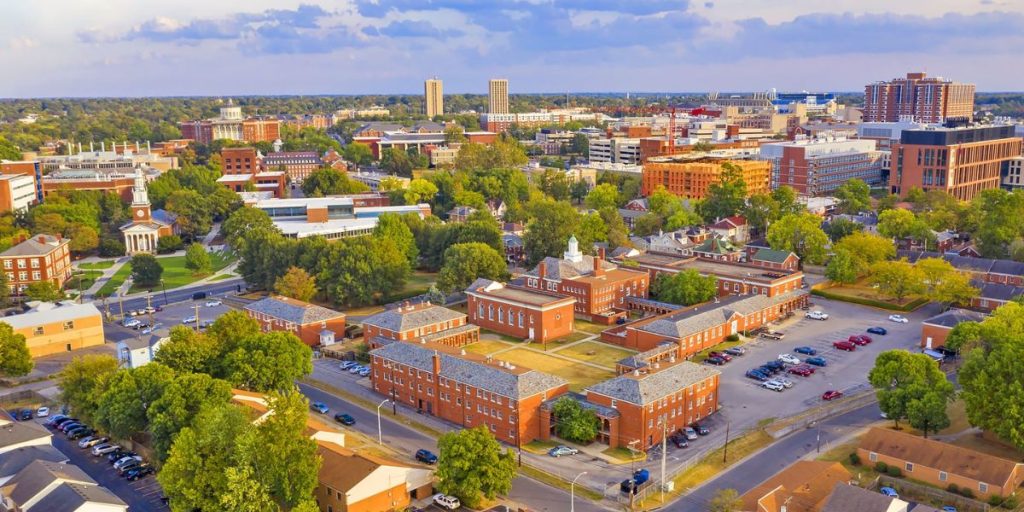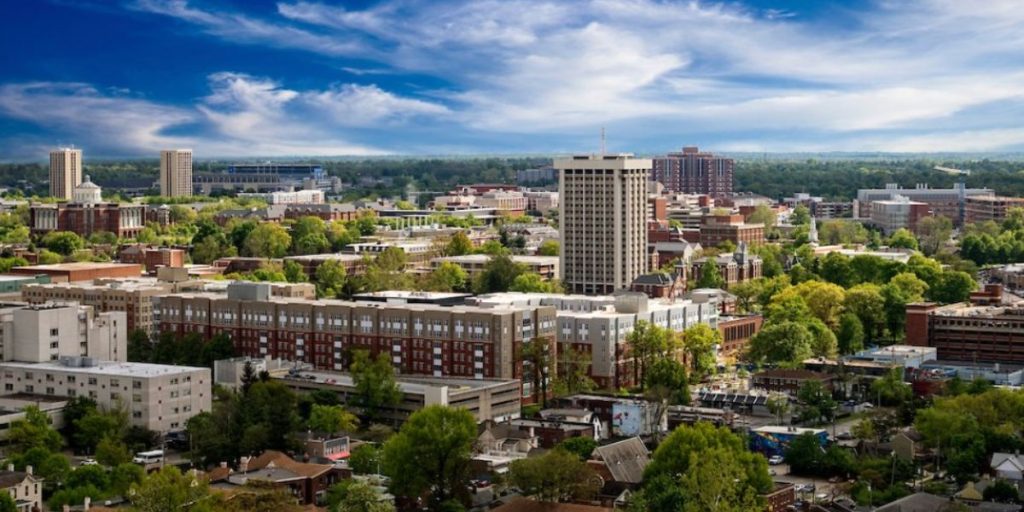Kentucky has many attractions, including the Kentucky Derby, the Bourbon Trail, and Mammoth Cave National Park. However, not all sections of the Bluegrass State provide an equally pleasant living environment.
Certain cities have high crime rates, low wages, poor education, and few opportunities. Mayfield is the least desirable city to live in Kentucky, taking into account characteristics such as violent and property crime, cost of living, unemployment, and overall livability.
Mayfield, a small city with big problems
Mayfield is a small city with a population of less than 10,000 in southwestern Kentucky, near the Tennessee border. It is Graves County’s county seat and the primary city in the Mayfield Micropolitan Statistical Area.
Mayfield was founded in 1821 and is named after John Mayfield, a well-known local politician. Throughout the nineteenth and twentieth centuries, the city was a major producer and processor of tobacco.

However, the city has encountered economic issues and a drop in quality of life as a result of the declining tobacco sector and the loss of manufacturing employment.
Crime: The Most Dangerous City in Kentucky
Living in Mayfield is alarming because of the high crime rate. According to the most recent FBI crime statistics, Mayfield is the most hazardous city in Kentucky. The city’s violent crime rate is 1,224 per 100,000 residents, while its property crime rate is 6,778 per 100,000 persons.
These rates are more than three times higher than the state norms (383 for violent crimes and 3,732 for property crimes). Mayfield has been involved in 118 violent crimes, including nine murders, sixteen rapes, nineteen robberies, and 74 aggravated assaults.
In Mayfield, the likelihood of becoming a victim of violent or property crime is 1 in 15, which is much higher than the risk in comparable communities in Kentucky and across the country.
Economy: Lowest Income and Highest Poverty
Mayfield’s negative economic conditions exacerbate its shortcomings as a location to live. The city confronts economic issues due to its median family income of $28,750, which is less than half of the state median ($61,247) and the national median ($68,703).
Furthermore, Mayfield’s poverty rate is 32.4%, more than doubling the state’s figure of 15.3% and the national rate of 10.5%. The city’s unemployment rate is 7.2%, higher than both the state’s rate of 5.1% and the national rate of 5.4%.
Limited prospects for employment, education, and professional growth exacerbate the problem, as a large share of available positions are in low-wage industries such as retail, food services, and healthcare.
Education: The Lowest Achievement and the Worst Performance

A significant aspect influencing Mayfield’s quality of life is the city’s poor educational system. The local high school graduation rate is 77.6%, lower than both the state average of 88.6% and the national average of 88.7%.
Furthermore, Mayfield has a college graduation rate of 11.9%, which is much lower than the state average of 25.3% and the national average of 33.1%.
The city’s public education system struggles with poor performance metrics, such as low test scores, graduation rates, and high dropout rates.
According to the Kentucky Department of Education, the Mayfield Independent School District has a four-year graduation rate of 75.9%, a dropout rate of 5.2%, and reading and math proficiency rates of 51.8% and 40.8% respectively.
Furthermore, the district deals with a sizable proportion of economically disadvantaged pupils, English learners, and students with impairments.
Conclusion
In conclusion, Mayfield, Kentucky, presents a concerning profile as the least desirable city to reside in the Bluegrass State. With elevated crime rates, economic struggles, subpar education, and poor overall livability, residents face significant challenges. Mayfield’s issues underscore the importance of targeted interventions and community development efforts to improve the quality of life for its residents.